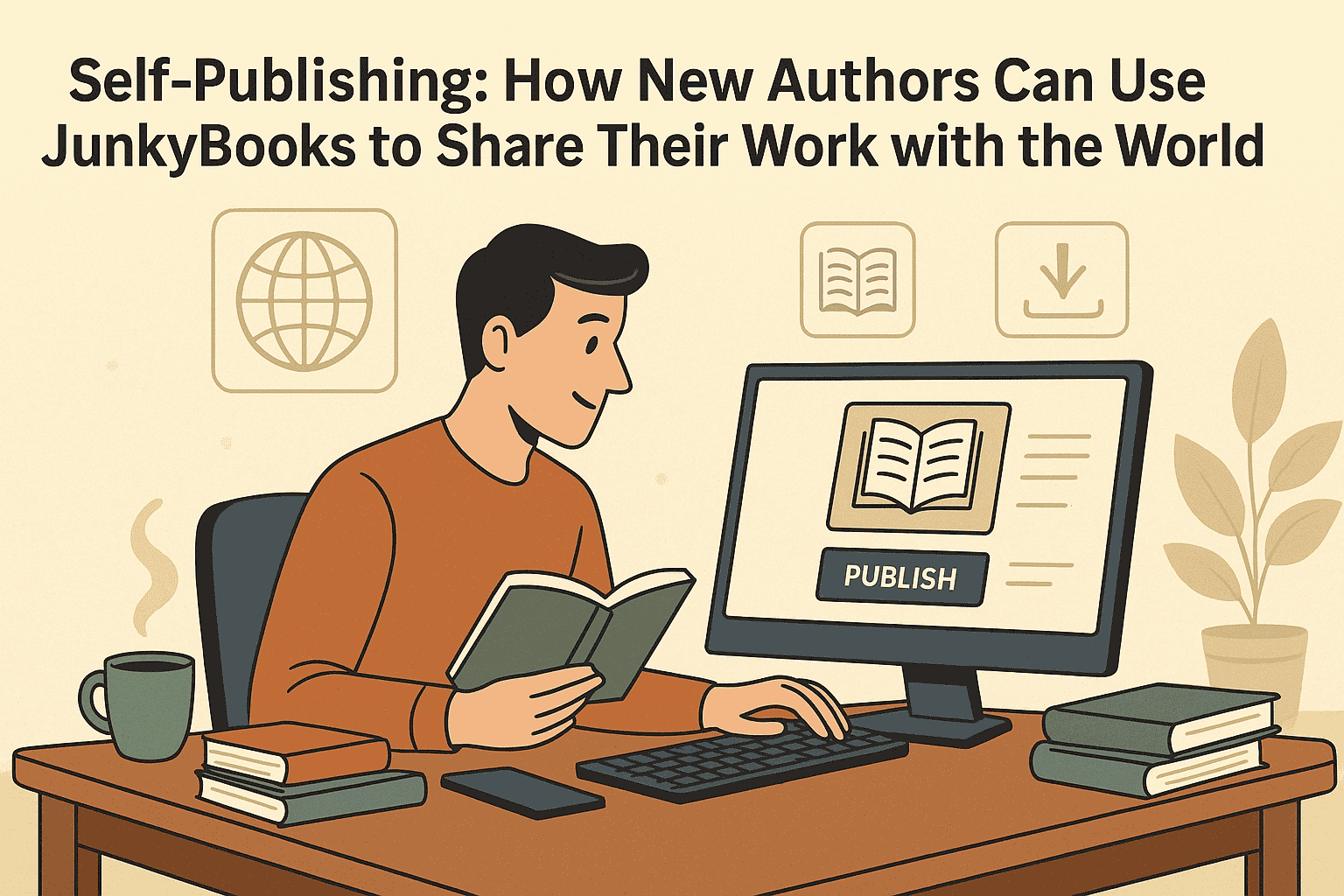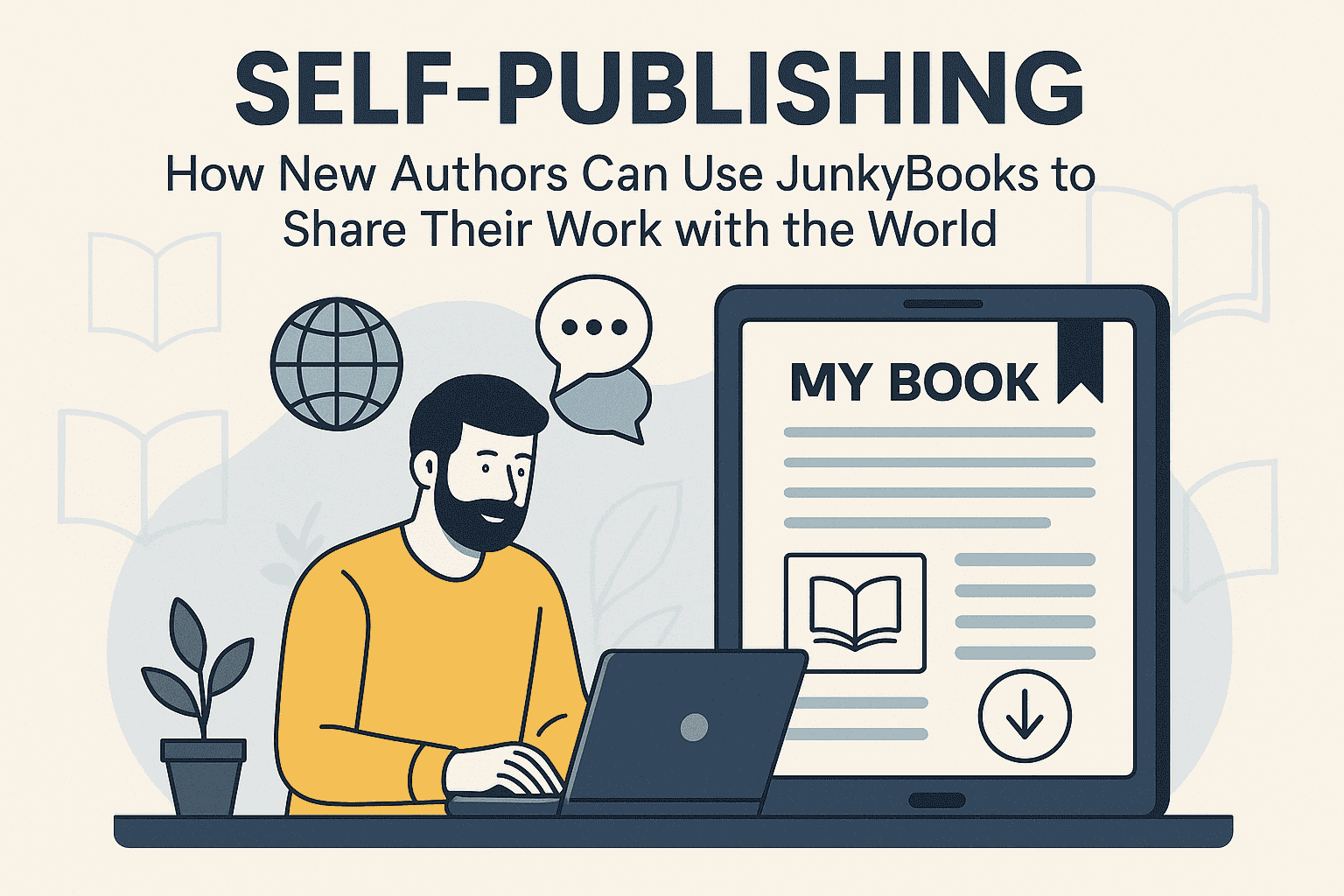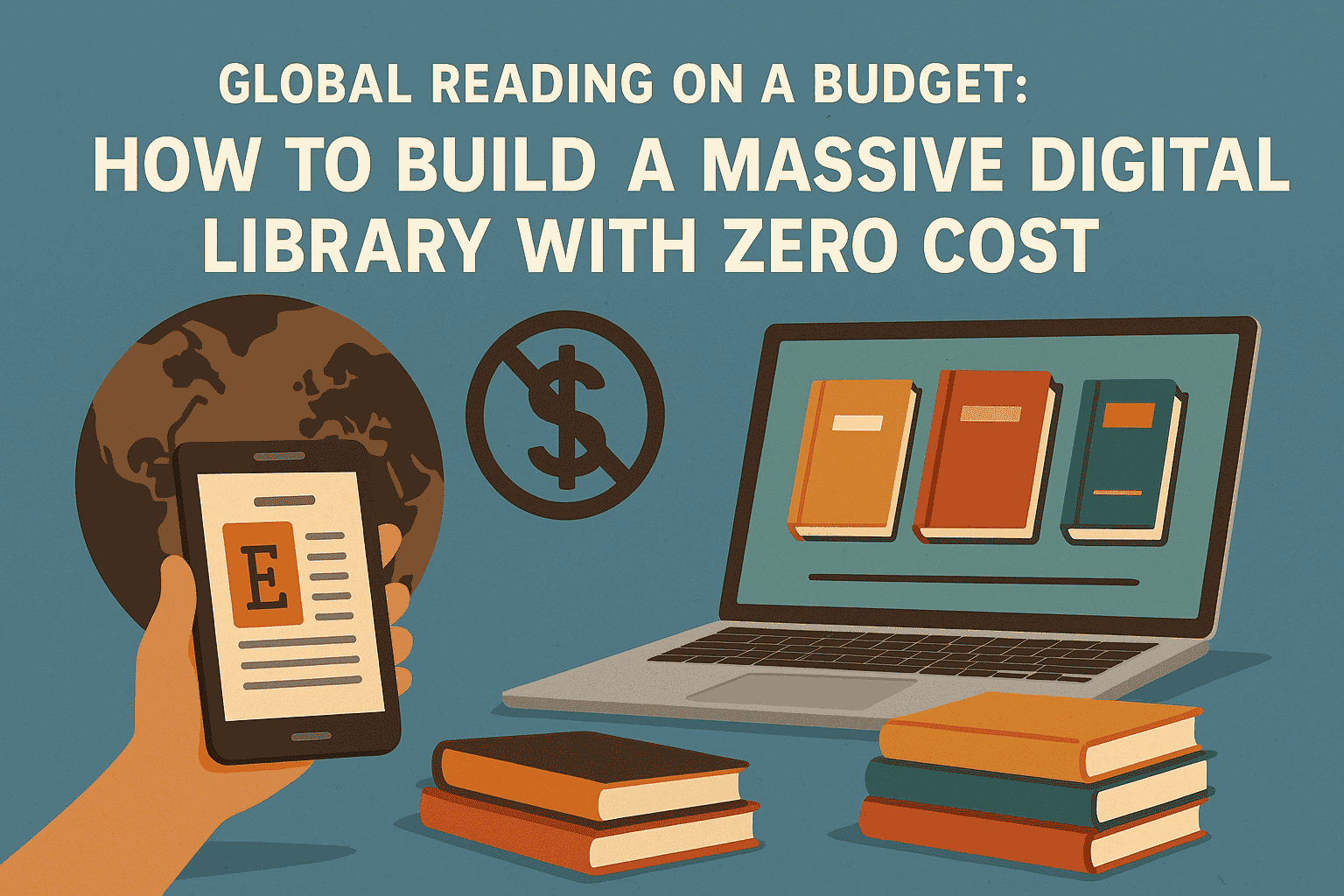How to Build an Author Platform Before Publishing Your Book
Publishing a book is a dream for many writers, but in today’s crowded marketplace, writing a great manuscript is only half the battle. Whether you're pursuing traditional publishing or self-publishing, having an author platform can make the difference between your book going unnoticed and finding its audience.
But what exactly is an author platform? And how do you build one before your book even hits the shelves?
This blog post will guide you through the essential steps to build an effective author platform that attracts readers, builds credibility, and sets you up for long-term success.
What is an Author Platform?
In simple terms, an author platform is your visibility, influence, and reach as a writer. It's the collection of tools, connections, and presence you have to share your message or promote your book.
Your platform can include:
-
A professional website
-
Social media presence
-
Email newsletter list
-
Blog or podcast
-
Speaking engagements
-
Media appearances
-
Published articles or guest posts
-
Networking with other authors, influencers, and communities
A strong platform tells publishers, agents, or potential readers that you already have an audience ready to hear from you.
Why You Need a Platform Before Publishing
Many first-time authors make the mistake of waiting until their book is finished—or worse, published—before thinking about marketing or building an audience. But in reality, the earlier you start, the better.
Here’s why:
-
Publishers expect it: If you’re going the traditional route, literary agents and editors often ask about your platform right in your pitch or proposal.
-
Self-publishers need it: If you’re publishing on your own, you are the marketing team. An existing platform gives you a launchpad.
-
Readers trust presence: People are more likely to buy from someone they’ve seen, heard, or connected with online.
Now let’s break down exactly how to build that platform from the ground up.
Step 1: Define Your Personal Brand
Your author brand is the foundation of your platform. It tells the world who you are, what you write, and why they should care.
Ask yourself:
-
What genre(s) do I write?
-
Who is my target audience?
-
What themes or values are central to my work?
-
What tone or voice defines me as a writer?
Consistency across your website, social media, and promotional content will make your brand memorable. Whether you're writing thrillers, romance, business books, or memoirs, your brand should reflect your voice and value.
Tip: Use a professional author photo and a consistent bio across platforms. It helps people recognize you and adds credibility.
Step 2: Create a Professional Website
Your website is your online headquarters—a place to direct readers, collect emails, showcase your writing, and tell your story.
Your site should include:
-
A homepage that reflects your brand
-
An about page with your bio
-
A blog (optional but great for SEO and reader engagement)
-
An email sign-up form
-
Contact information or form
-
Links to your social profiles
-
Book landing pages (when ready)
You don’t need to hire a designer or break the bank. Platforms like WordPress, Squarespace, or Wix offer professional templates you can customize.
Tip: Secure your domain name early (e.g., yourname.com). It’s one of the smartest long-term investments you can make as an author.
Step 3: Start Building Your Email List
Of all the tools in your platform, your email list is the most valuable. It gives you direct access to readers without relying on algorithms or ads.
To grow your list:
-
Offer a free incentive, like a sample chapter, short story, or helpful resource.
-
Promote your sign-up link on social media, your blog, and in your email signature.
-
Engage your list regularly with useful content—behind-the-scenes looks, writing updates, or curated links.
Even a small, engaged email list can outperform thousands of unengaged social followers when it comes to book sales.
Step 4: Use Social Media Strategically
You don’t need to be everywhere—but you do need to be somewhere consistently.
Choose 1–2 platforms where your audience spends time and where you feel comfortable posting. Common choices include:
-
Instagram for visuals, behind-the-scenes, and writing life
-
Twitter/X for thoughts, links, and industry news
-
Facebook for communities and author groups
-
LinkedIn for nonfiction and business authors
-
TikTok for BookTok-style book promotion
Share a mix of content:
-
Personal updates and writing progress
-
Tips and inspiration
-
Book recommendations
-
Engagement posts (questions, polls, quotes)
-
Links to your blog or newsletter
Tip: Use scheduling tools like Buffer or Later to stay consistent without spending all day online.
Step 5: Network with Other Writers and Influencers
Writing can be a solitary act, but building your platform is a community effort. Start making connections early.
Here’s how:
-
Join writing groups (online or in-person)
-
Participate in Twitter/X chats or Facebook author groups
-
Attend webinars or writing conferences
-
Comment on other writers’ blogs or social posts
-
Offer to beta read or swap promotional support
As you grow your network, you’ll open doors for guest blogging, podcast interviews, co-promotions, and blurbs—all of which strengthen your platform.
Step 6: Publish Content Before You Publish the Book
Start sharing your voice and expertise long before your book is out. This not only builds credibility but attracts readers who enjoy your style.
Ideas include:
-
Blogging about your writing journey
-
Posting short stories or excerpts
-
Writing articles on Medium or Substack
-
Starting a podcast or YouTube channel
-
Guest posting on related blogs
Your content helps establish authority and trust—especially important for nonfiction writers.
Step 7: Get Comfortable Being Seen
Many writers are introverts who prefer staying behind the scenes. But if you want your book to be read, you need to let yourself be seen and heard.
Start small:
-
Record short videos explaining what you’re working on
-
Do Instagram or Facebook Lives with writing updates
-
Speak at a local book club or writing meetup
-
Reach out to podcasts to share your story
The more you show up, the more people will connect with you—and that connection turns into readers and fans.
Step 8: Prepare for Your Book Launch (Before the Book Is Ready)
Once your platform is in place, use it to prepare for a successful launch:
-
Create a launch team from your newsletter list or writing friends
-
Plan a pre-order campaign with exclusive bonuses
-
Write your back cover copy, author bio, and press release
-
Reach out to book bloggers and reviewers
-
Schedule interviews or guest appearances in advance
All this groundwork will help your book make a strong debut and keep selling long after the launch window closes.
Final Thoughts: Start Building Before You Need It
Building an author platform takes time. It’s not something you create overnight or on a deadline. That’s why it’s so important to start early—before you publish your book.
Think of your platform as your ongoing relationship with readers. It’s where you share your journey, celebrate wins, and invite others into your creative world. And the good news? You don’t have to be famous, extroverted, or a marketing expert to build one.
You just have to start.
Whether you’re still plotting your novel or editing your final draft, the steps you take today will set the stage for your publishing success tomorrow.







